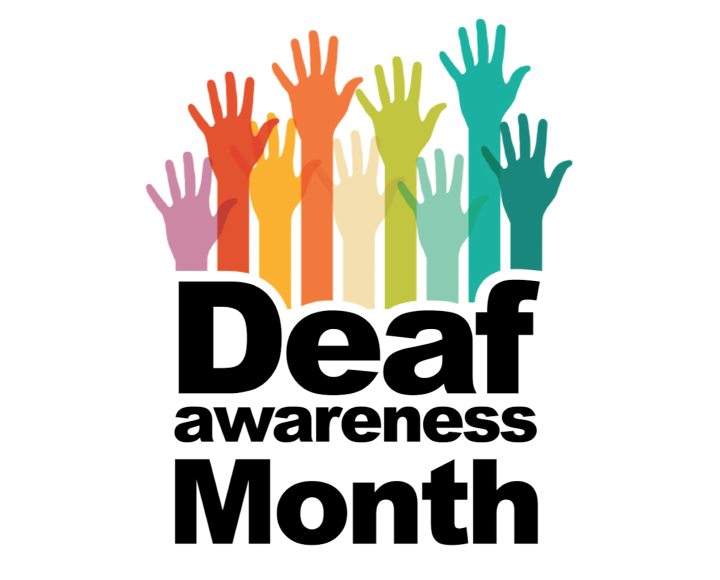
The Importance of Sponsoring Deaf Children in Poverty: A Lifeline of Hope
Did you know that September is Deaf Awareness Month? It’s a time to reflect on the challenges and triumphs of the global Deaf community. Among those who need our attention the most are deaf children living in poverty around the world. Deaf Child Hope International (DCH) is on a mission to transform the lives of these children, providing them with education, support, and a brighter future through sponsorship.
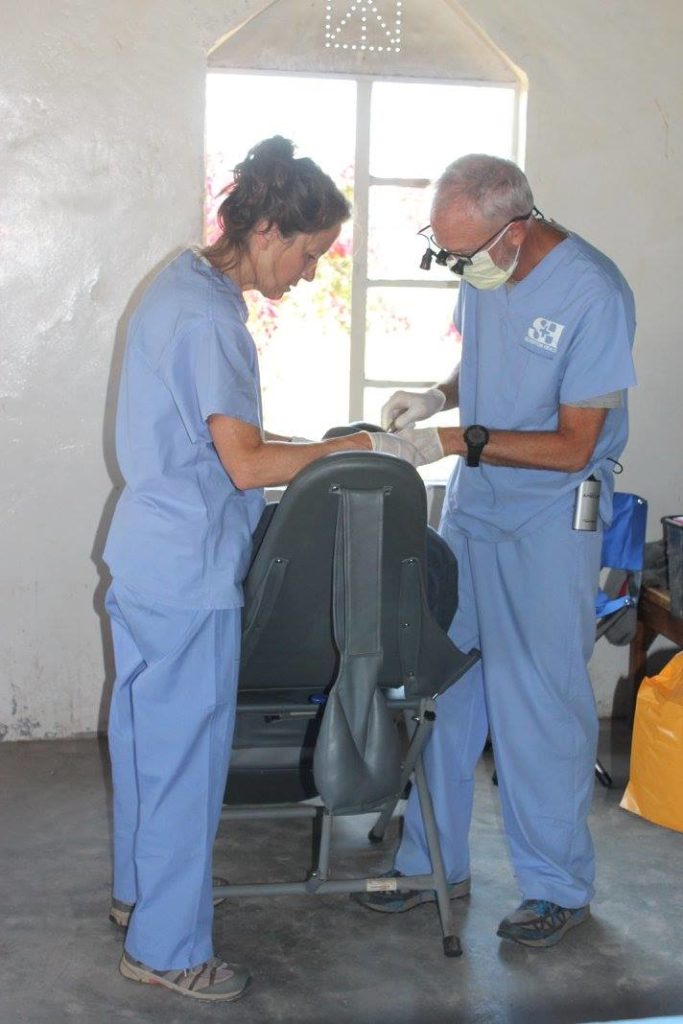
Understanding Hearing Loss
Hearing loss comes in three types: Conductive, Sensorineural, and Mixed. Some can be aided by hearing aids or cochlear implants, but not all. In developed countries like the United States, over 97% of infants receive a hearing screening at birth, and ongoing care is accessible through pediatricians and specialists. Even with these resources, hearing loss can sometimes go undetected for years.
But what happens when a child is born deaf or loses their hearing in a developing country where medical care is scarce or non-existent?
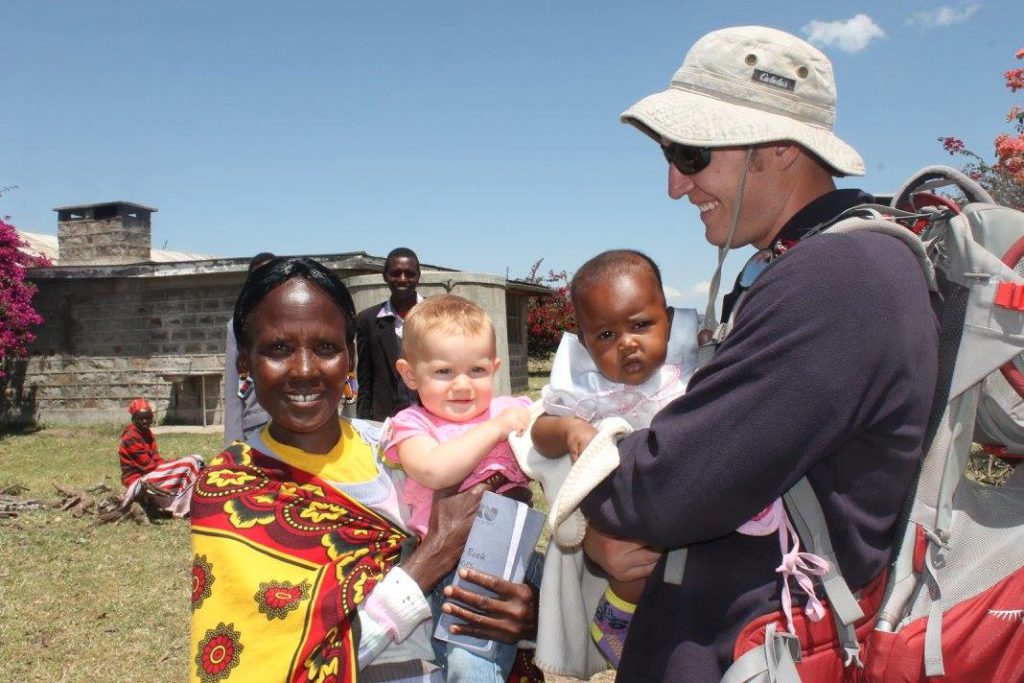
The Stark Reality for Deaf Children in Poverty
Imagine being a parent whose primary concern is feeding your family or finding a safe place to sleep. Now, imagine discovering that your child cannot hear. Where would you even begin to seek help if doctors are hours—or even days—away?
In many impoverished communities, seeking out pediatric audiologists, enrolling in speech therapy, or learning sign language simply isn’t an option. Children with hearing loss often go without identification, treatment, or education.
A Personal Story of Awareness
In 2015, I traveled to a rural part of Kenya with my husband and daughter Harper on a medical mission trip. It was heart-wrenching to see babies and toddlers visiting a doctor for the very first time. I couldn’t help but think of my own daughter, who had received countless wellness checkups by her 10-month mark.
Years later, we adopted our son Martin, who has multiple health concerns, including hearing and vision loss. Even though he wasn’t born in a developing country, it still took time and specialized care to identify his hearing loss and fit him with hearing aids. This experience opened our eyes to the harsh realities faced by children in poverty-stricken areas.
Deafness and Poverty: Breaking the Cycle with Sponsorship
Globally, there are 32 million children with hearing loss. Shockingly, 25 million of them live in poverty in developing countries. These children are often misunderstood, judged harshly, and excluded from educational opportunities. Many grow up without language, leading to isolation and neglect.
How Sponsorship Transforms Lives
Child sponsorship through organizations like Deaf Child Hope International is a game-changer. Sponsorship provides:
- Access to Education: Deaf children can attend school, often with interpreters and essential resources.
- Medical Support: Screening and treatment for hearing loss when available.
- Emotional and Spiritual Connection: Sponsors can exchange letters, share life stories, and offer hope through ongoing communication.
- Basic Needs: Meals, clothing, and a safe learning environment.
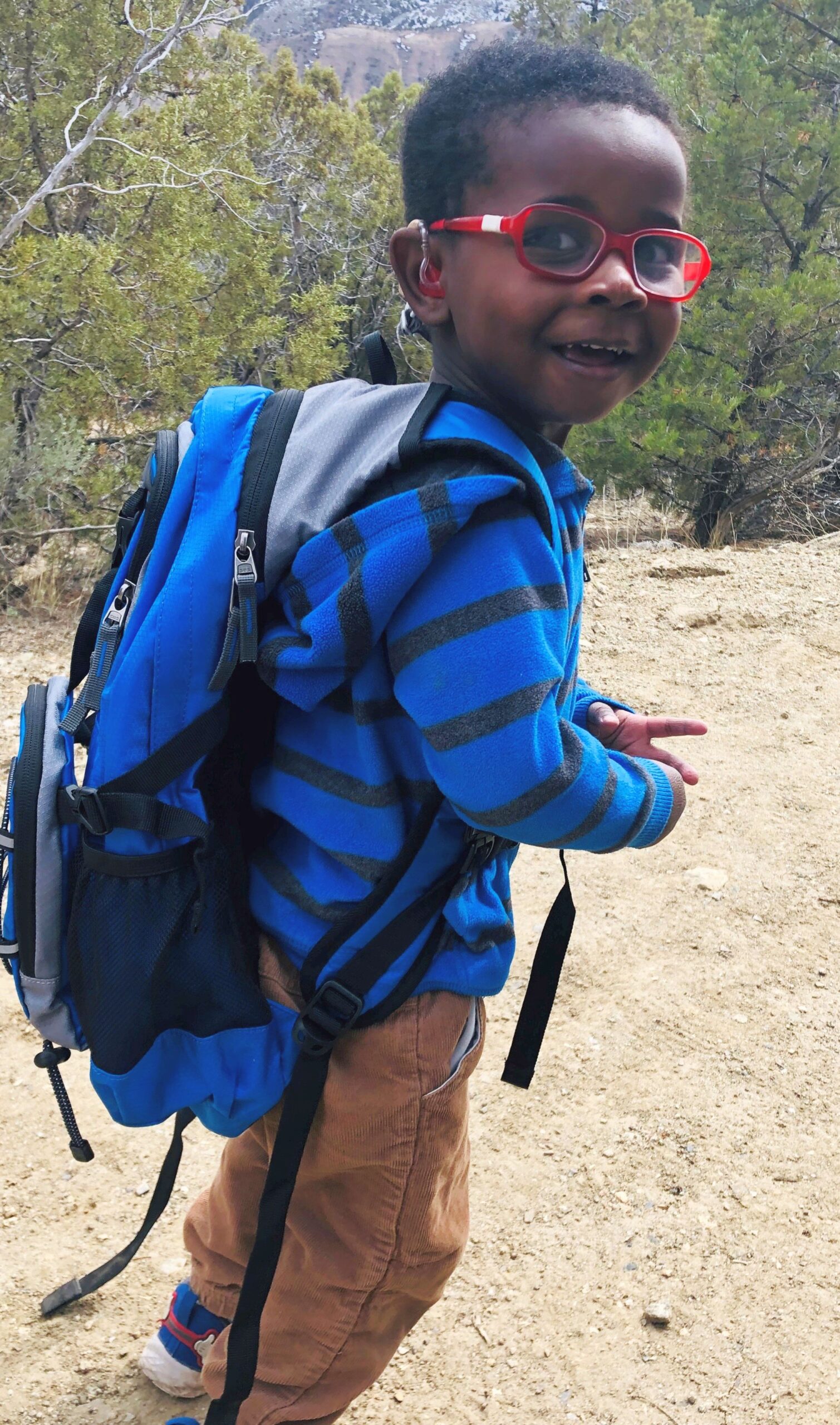
How You Can Help
Every deaf child deserves the chance to communicate, learn, and thrive. Through sponsorship, you can be part of a life-changing solution for these vulnerable children.
“The difference in these children’s lives when they receive a sponsor is monumental. Will you consider being this difference for a deaf child today?”
Join us in making a lasting impact. With God’s help and your support, we can reach these children and provide them with the hope and future they deserve.
Next Post
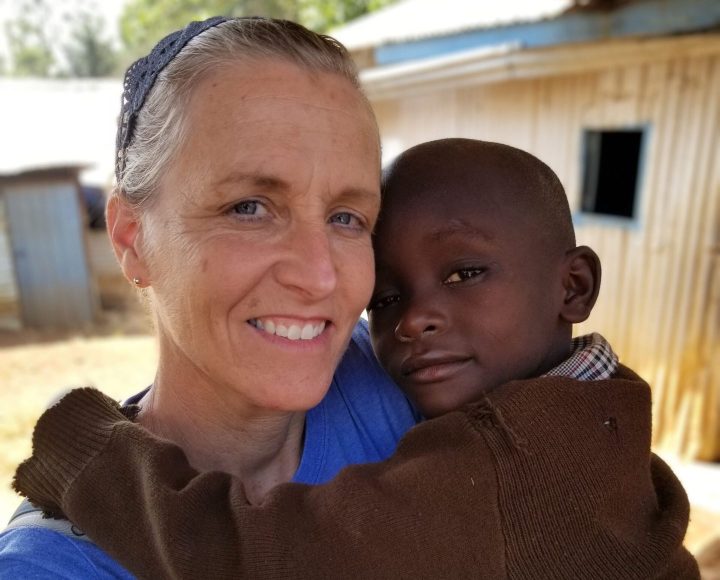
The Faces Behind Deaf Child Hope International
May 25, 2021
Greetings to you, my name is JD King and I’m the president of Deaf Child Hope. My wife Tia is a dedicated mother and ICU nurse. We have three children,…
Continue Reading